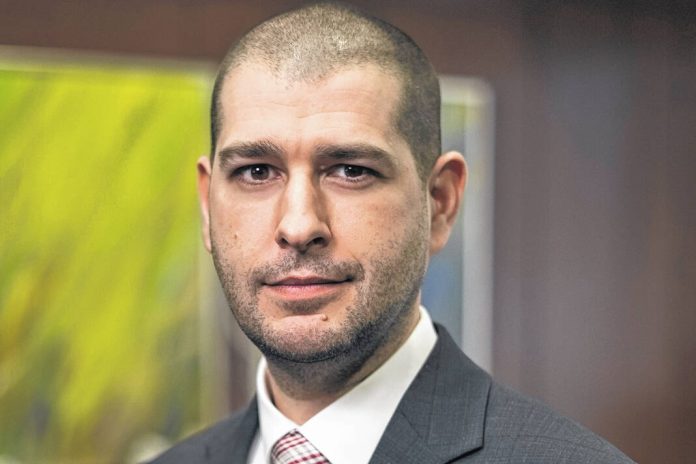Oftentimes oil and gas issues fall along political lines and can lead to emotional and unproductive conversations in the public policy arena.
However, this Earth Day, there is one area where Ohioans, industry, environmentalists and politicians align: Ohio’s Orphan Well Plugging Program. Developed in 1977, Ohio’s orphan well plugging program is considered one of the earliest, best-funded and organized programs in the country.
Like many states prior to the 1960s, Ohio did not regulate its oil and gas industry the way the modern industry is regulated. Ohio was one of the largest oil and gas producers in the world at the turn of the 20th century. With that type of production came a lot of older wells. In the 1970s the industry and Ohio stood up the state’s Orphan Well Plugging Program to plug orphan wells that mostly accumulated prior to the new industry regulations established the previous decade.
Today Ohio has about 20,000 officially documented orphaned wells, and most experts and industry observers concede it is likely more.
The Ohio program is funded with industry severance tax dollars. With the advent of the shale industry in Ohio in the 2010s, the program has been able to build up resources and increase the number of wells plugged over the past decade. In fact, the program has grown from plugging only a few wells per year in the ‘80s and ’90s to contracting for the plugging of 429 wells in 2023. The state expects to contract for and plug a record number of wells in 2024.
Ohio has three different options for plugging wells in the state. The first option is the traditional state program, where the state of Ohio locates and evaluates wells, based on severity, location and other factors. These wells are then placed in packages and put out to bid to contractors. Ohio continues to refine this process and is continually working to qualify and expand the pool of qualified contractors.
Second, the Infrastructure, Investment and Jobs Act provides Ohio with an estimated $326 million for plugging grants until 2030. Ohio wisely participates in the program, which differs from the traditional state program. The federal program uses two companies that operate as general contractors on behalf of Ohio and coordinate the plugging of wells with ODNR oversight.
The final option is the landowner pass-through program. This program allows landowners to directly reach out to approved contractors to plug wells on their property. The state issues the permits and pays for the plugging through the state’s plugging resources. Changes to this program over the years have made it extremely attractive for its ease and transparency. According to ODNR’s 2023 Orphan Well Program Report, more than 500 wells have gone through this system and the state expects to see this program continue to grow.
Because of the growth of Ohio’s oil and gas industry, the Gov. Mike DeWine administration’s fiscal prudence and federal funding, Ohio will potentially have more than $500 million to plugwells over the next half decade. Ohio continues to evolve the program to keep up with technology and modern business practices. Recently the program underwent a performance audit from the Ohio State Auditor and continues to evaluate those findings to improve the already strong program.
Plugging these wells is a benefit for all Ohioans. Orphaned wells are scattered across Ohio from farmlands to urban centers. Ensuring these old wells are properly plugged is key for health, safety and environmental purposes. It is imperative that the state continue to use the money designated for plugging these wells for its intended purpose instead of other projects.
This is one area where Republicans and Democrats in the General Assembly and the Governor’s office can and have agreed – all of Ohio benefits because Ohio had the foresight to establish this program nearly a half-century ago and was prepared to use the resources available today to improve Ohio.
Rob Brundrett is president of the Ohio Oil and Gas Association. His column does not necessarily reflect the opinion of The Lima News editorial board or AIM Media, owner of The Lima News.







